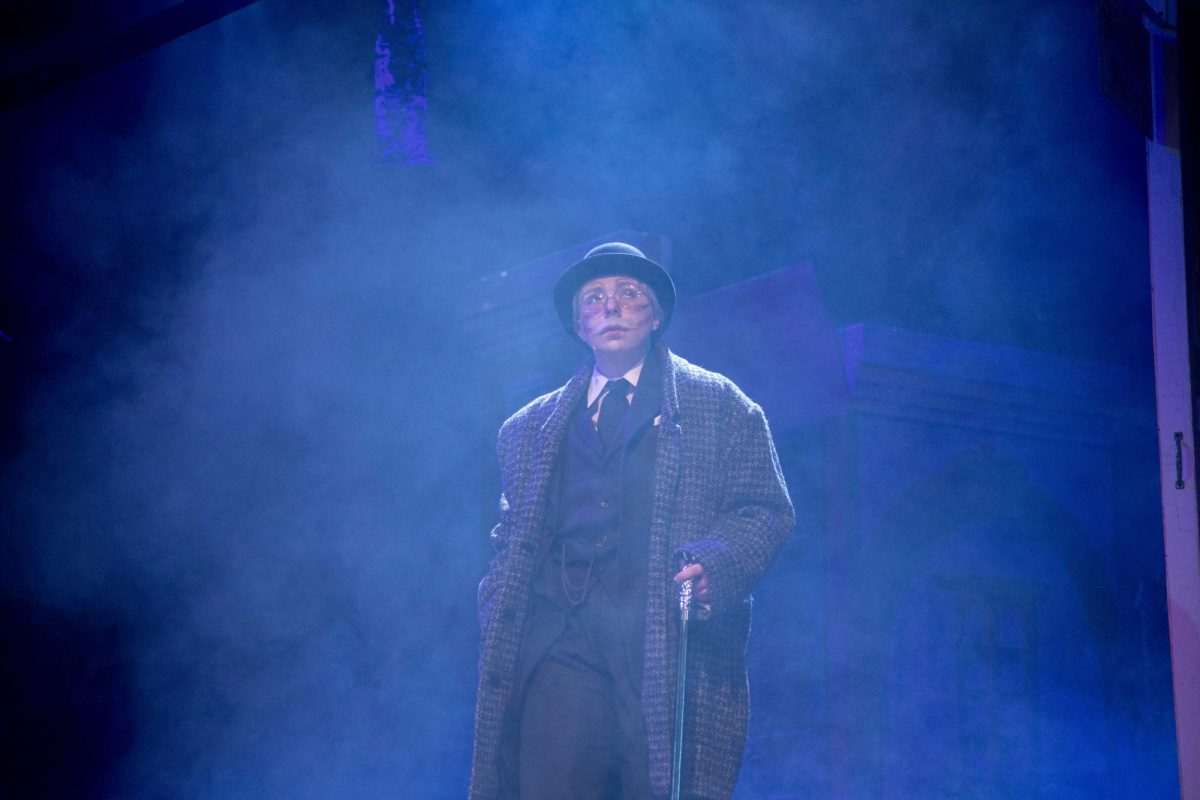Breaking the color barrier
December 12, 1997
Tameka L. Hicks 18
Road trip- Negro Leagues Baseball Museum
As Jerry Harriston lives his life-long dream as a professional baseball player, he remembers the baseball players before him who paved the way to make his dream a reality.
Advertisement
Now a shortstop for the Baltimore Orioles minor league team, Harriston, a former shortstop for the Salukis, is planning to visit the Negro Baseball League Museum in Kansas City, Kan.
Coming from a family of baseball players, Harriston not only wants to learn more about his family, but also about others who broke the racial barriers of the game.
I realize that the baseball players before me are pioneers, he said. And they are special because they led the path for us and gave us a chance to play. I feel proud to have a father, grandfather and uncle who have struggled through it.
Exhibited in the 10,000-square-foot museum are memorials to the first African-Americans to play in the Negro leagues more than 75 years ago.
Baseball fans now can relive the moments of Jackie Robinson playing second base for the Brooklyn Dodgers, Josh Gibson hitting the ball out of the field for the Pittsburgh Crawfords and James Cool Papa Bell floating to home plate.
Don Motley, executive director for the museum, said each visitor of the museum is fascinated with the $2.5-million exhibit, History, Heroes, and Homeruns, that features the many African-American baseball players.
We have had tons of thousands of people visit:Danny Glover, Kareem Abdul-Jabbar, Bob Costas and Jackie Robinson’s wife, Motley said.
Advertisement*
Motley said Robinson’s breaking of the Major League Baseball color barrier was a major influence on baseball, as Robinson stepped onto the field as the first African-American baseball player with the Brooklyn Dodgers.
In the museum there is a selection of trophies, photographs, manuscripts and clippings related to the Negro League’s history. The museum also contains a performing arts center, including a jazz museum.
In addition, the museum sells various team products, such as baseball wear, artwork and calendars.
The whole exhibit fascinates people because this is part of an untold story that is just now being told, Motley said.
One contributor to the Negro League, Josh Johnson, has visited the Negro League’s Baseball Museum twice and was moved by the attention received.
From 1934-42, Johnson played for the New York Black Yankees, Cincinnati Tigers and the Brooklyn Royal Giants.
It just makes me feel proud that I was part of it, Johnson said. We enjoyed what we did for a living playing ball. The museum will give people a better understanding. It is better to see something than people just telling you about it.
Harriston said a museum devoted to African-American baseball players is beneficial to up-and-coming players like himself. He said it is a necessity for people to know the history of baseball.
It’s good for the younger generation, he said. They need to know that blacks were a part of history and baseball is part of history. The museum gives people a chance to visit and see the players of the 1940s and 50s Satchell Page, Josh Gibson.
Don Callahan, Harriston’s former SIUC baseball coach, said the Negro League allowed African-Americans to display their talents.
If you look at the history of the game, some of the best players were black and Latin, Callahan said. It’s nice to have seen that someone has wised up against the color of someone’s skin. The game would definitely be different is this wouldn’t have happened.
Harriston said that after being around baseball all his life, he cannot imagine doing anything else.
Baseball is the best sport in the world, he said. I’ve tried everything else, basketball and football, and there’s nothing better than throwing a baseball.
For more information, call (816) 221-1920.
Advertisement








